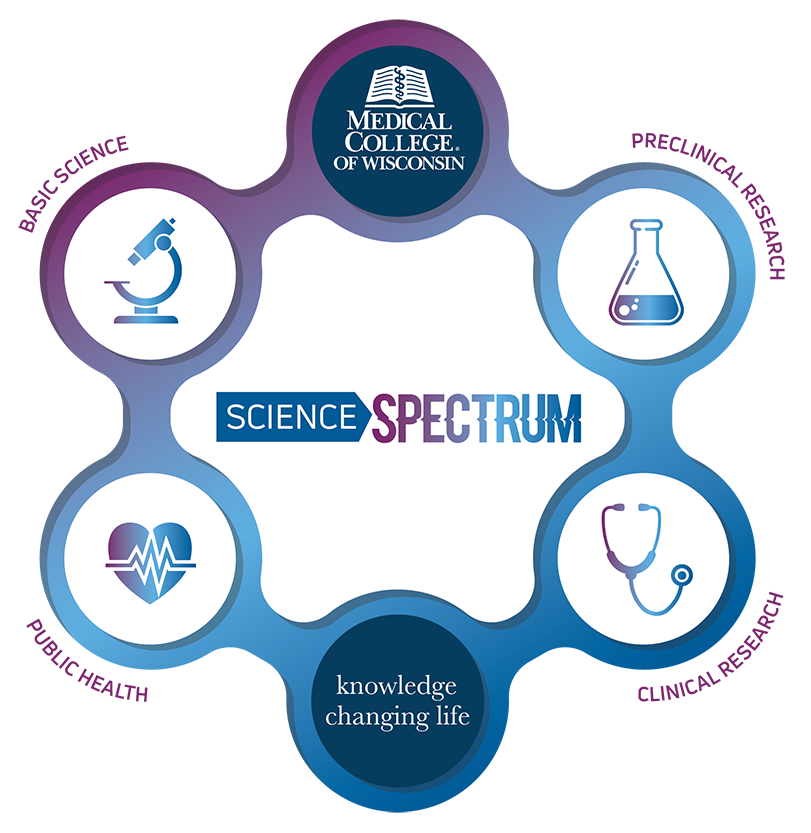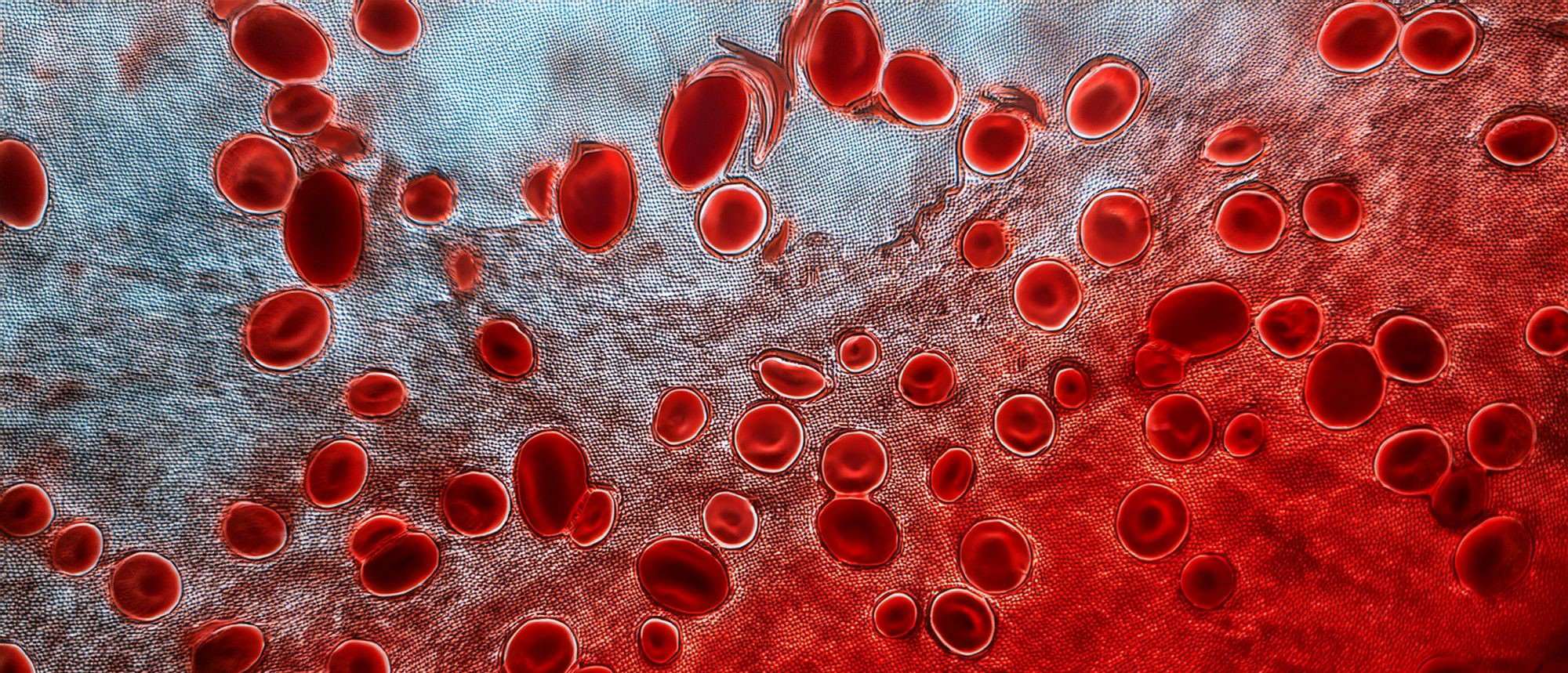Not So Basic Science

While “basic” has become for many an insult used to deride tastes perceived to be simple or lesser, the science community uses the term with much more appreciation for basic scientists and their laboratories. Basic science, also often referred to as bench or fundamental research, focuses on how the world works. Basic scientists working in biomedical research seek to better understand the human body, its environment and how it functions, generating insights that can be applied to the development of new treatments.
 Penicillin is one of the most ubiquitous treatments rooted in basic science. In 1928, Sir Alexander Fleming, a Scottish microbiologist, went back to work following a vacation only to discover that one of his Petri dishes cultured with bacteria had been inadvertently contaminated by mold. Before moving on and starting a new culture, he noticed that the mold appeared to be producing a substance that prevented the spread of the bacteria. Ten years later, Sir Howard Walter Florey and Sir Ernst Boris Chain found Fleming’s research on the matter and continued to advance it, leading to the development of a process for mass production that has saved countless lives over the last 80 years. Without the keen observation of a mold with antibiotic properties and Dr. Fleming’s basic research into the phenomenon, penicillin may still be one of nature’s many mysteries.
Penicillin is one of the most ubiquitous treatments rooted in basic science. In 1928, Sir Alexander Fleming, a Scottish microbiologist, went back to work following a vacation only to discover that one of his Petri dishes cultured with bacteria had been inadvertently contaminated by mold. Before moving on and starting a new culture, he noticed that the mold appeared to be producing a substance that prevented the spread of the bacteria. Ten years later, Sir Howard Walter Florey and Sir Ernst Boris Chain found Fleming’s research on the matter and continued to advance it, leading to the development of a process for mass production that has saved countless lives over the last 80 years. Without the keen observation of a mold with antibiotic properties and Dr. Fleming’s basic research into the phenomenon, penicillin may still be one of nature’s many mysteries.
Basic science is a common good
Much like the roads, rail, ports and air traffic control support a physical infrastructure enabling travel for commerce and recreation, basic science is part of the country’s intellectual infrastructure that accelerates knowledge generation and innovation. While private investment in basic science has increased in the last decade, historically fundamental research largely has been funded as a common good with the federal government providing most of the resources to investigators and laboratories. In the 1960s and 1970s, federal agencies such as the National Institutes of Health and the National Science Foundation funded more than 70 percent of all basic science grants.
Basic science also enjoys bipartisan support as a public good. More than 60 percent of individuals polled in January 2023 agreed that it is important for the US to be a global leader in science and technology. More than 60 percent also supported increasing taxpayer funding for science and technology.
Basic science improves health
When new treatments become available, chances are that the ideas behind them were developed years prior with a basic science discovery or the accumulation of new and complementary insights in multiple fields of study. Immunotherapy is an example of a relatively new and promising method for treating cancer and other diseases. Physicians and scientists employ immunotherapies to target and destroy cancer cells by priming patients’ own immune cells to better detect and eliminate tumors. Advances in this field have been made possible by decades of research into how the immune system works, what tricks cancer cells use to hide from immune cells, how to genetically engineer cells, how to prevent or treat rejection during transplantation, and many other learnings in these and other areas of biomedical research.
While the journey from an idea to a new treatment can be long, basic science has a proven track record of uncovering the new knowledge that inspires physicians and scientists to develop new and better therapies and interventions – just as Dr. Fleming’s articles prompted Drs. Florey and Chain to help make penicillin widely available. Research!America worked with the Lasker Foundation to compile a list of additional examples of how basic science and applied research have made a difference in 60 diseases and conditions (PDF).
Basic science benefits the economy
While the primary goals of basic scientists and those that fund it are advancing knowledge and improving health, basic biomedical research also produces significant indirect economic benefits through job creation and innovation. Experts estimate that every $1 that the National Institutes of Health invests in research generates $2.20 in local economic growth. Economists at the International Monetary Fund have recommended increasing basic science investment as a key method for countries to enhance worker productivity, which experts view as a meaningful factor for long-term economic growth.
But what does this economic growth look like? The Human Genome Project created entirely new fields of research and industry including human genomics and precision medicine. This includes a vast network of laboratories, manufacturers and commercial sequencing firms that contribute the hardware, software, tools and skills that enabled the sequencing of approximately 30 million human genomes from 2001-2021. More than 850,000 people are employed in a sector that did not exist and could scarcely have been imagined when the Human Genome Project began in 1990.
Basic science enables breakthroughs
While basic science discoveries must be applied in further research to improve health, boost the economy and benefit society, the evidence is clear that basic science is where breakthroughs begin. Basic scientists follow their curiosity and challenge assumptions to find fundamental truths about health and disease. They persist at every dead end, searching for new directions, new questions. And they continue their hunt each day because, like Sir Alexander Fleming, tomorrow may be the day they find something unexpected and full of potential. Something that could change everything.



